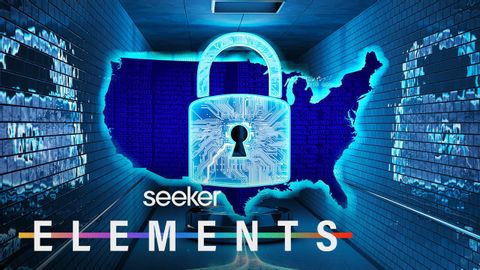為什麼美國的網絡安全基礎設施還不夠好? (Why Isn’t U.S. Cybersecurity Infrastructure Good Enough?)
Summer 發佈於 2021 年 10 月 11 日  沒有此條件下的單字
沒有此條件下的單字US /pəˈtɛnʃəl/
・
UK /pəˈtenʃl/
- adj.可能的;潛在的;潛在的
- n. (u.)潛力,潛能
- n. (c./u.)潛力;潛能;潛在候選人;勢
US /əˈprəʊtʃ/
・
UK /ə'prəʊtʃ/
- v.t./i.逼近;找...商量
- n. (c./u.)通道;入口;接洽;處理方式;方法
US /səˈfɪstɪˌketɪd/
・
UK /səˈfɪstɪkeɪtɪd/
- adj.老於世故的;精緻的:富有經驗的
- v.t.老於世故的人
